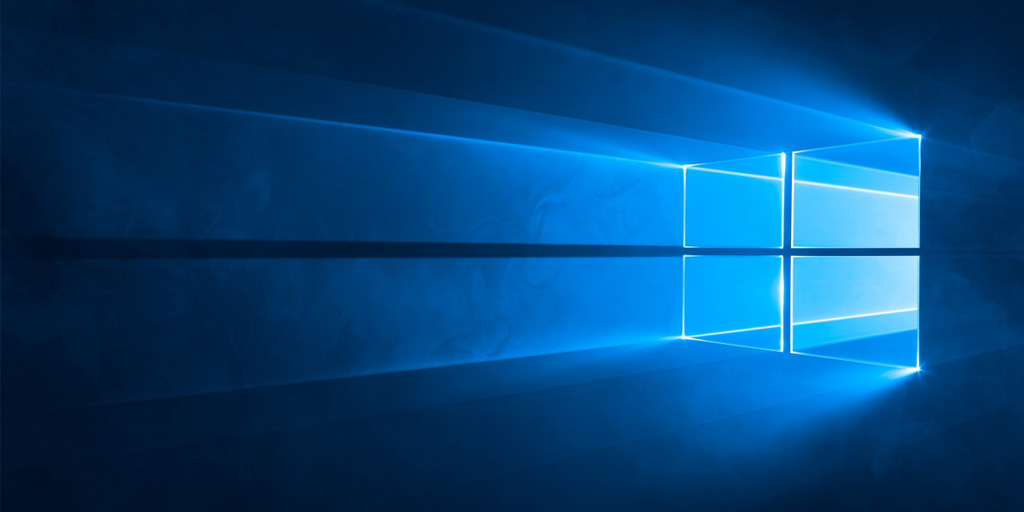Unlike the December 26, 2004 quake caused by thrust fault, the quake on April 11, 2012 in Indonesia was caused by Strike Slip Fault which caused tremors and Tsunami alert was given in many countries including India. The fault had moved in a north northwest-south southeast direction. In the case of a strike-slip fault, the fractured crust slides past each other laterally.
Even after a major 8.6 magnitude earthquake, there was no tsunami. And the reason behind this is the nature of the faulting. Here is an explanation of the faults
Reason
The reason is that the earth quake has occurred in a strike slip fault and this type of fault only creates horizontal movement of the faults and doesn’t make much disturbance. 
Three Types of Faults
There are three types of fault movement that cause an earthquake
1. Dip-Slip Faults
2. Strike-Slip Faults
3. Oblique-Slip Fault
1. Dip-Slip Fault
In Dip-Slip Fault, the faults move vertically either up or down. And again there are two types of Dip-Slip Faults
1.1 Normal Fault
In a normal fault, the block above the fault moves down relative to the block below the fault. This fault motion is caused by tensional forces and results in extension. This fault has other names like normal-slip fault, tensional fault or gravity fault
In 2004 8.9 Magnitude quake occurred in the normal fault which ultimately displaced a large amount of water and formed a Tsunami and claimed more than 200,000 lives. 
1.2 Reverse Fault (Thrust Fault)
In a reverse fault, the block above the fault moves up relative to the block below the fault. This fault motion is caused by compressional forces and results in shortening. A reverse fault is called a thrust fault if the dip of the fault plane is small. [Other names: thrust fault, reverse-slip fault or compressional fault]
2. Strike-Slip Fault
In a strike-slip fault, the movement of blocks along a fault is horizontal. If the block on the far side of the fault moves to the left, as shown in this animation, the fault is called left-lateral. If the block on the far side moves to the right, the fault is called right-lateral. The fault motion of a strike-slip fault is caused by shearing forces. [Other names: trans current fault, lateral fault, tear fault or wrench fault]
In April 11, 2012, a massive 8.6 Magnitude quake occurred in Indonesia and since this quake has occurred in a Strike-Slip Fault, there was no tsunami and no damage. The faults moved in horizontally and there was very less disturbance. This lateral motion of faults doesn’t cause much effect. 
3. Oblique-Slip Fault
Oblique-slip faulting suggests both dip-slip faulting and strike-slip faulting. It is caused by a combination of shearing and tension of compressional forces.
Links:
http://earthquake.usgs.gov/learn/animations/
http://www.iris.edu/gifs/animations/faults.htm
Follow us on Facebook and Twitter for More Instant Technology News Updates












![15+ Best and Must-Have Software for your New PC [2020] 15-Best-and-Must-Have-Software-for-your-New-PC-2020-Edtion](https://thetechgears.com/wp-content/uploads/2019/12/15-Best-and-Must-Have-Software-for-your-New-PC-2020-Edtion-324x160.jpg)


![15+ Best and Must-Have Software for your New PC [2020] 15-Best-and-Must-Have-Software-for-your-New-PC-2020-Edtion](https://thetechgears.com/wp-content/uploads/2019/12/15-Best-and-Must-Have-Software-for-your-New-PC-2020-Edtion-100x70.jpg)


